I’ve been a toy photographer now for nearly five years, and this week something happened to me for the first time: I had someone steal my photos and post them as their own!
For all I know, this actually has happened to me before and I just haven’t noticed. The internet is a big place, and I’ve posted my images far and wide. I see photos from other artists pop up without attribution all the time. But this is the first time it’s actually come to my attention as happening to me, thanks to our good friend Tomek.
While cycling through my notifications one night this week, I noticed that Tomek had tagged me in a comment. The photo was mine – my Singing in the Rain tribute – but it was posted to an account by the name of Lego Picks. I immediately assumed this was one of those re-share accounts we see all over the community, like @brickcentral or @starwarstheblackseries. Then I read Tomek’s comment: “Is this your photo, @thereeljames23?”
Thief!
That’s when I realized it had been swiped and re-posted without credit. Thinking maybe it was a mistake, I checked the rest of @legopicks’ feed. All of the photos – dozens of them posted in quick succession over the last two months – were stolen. There were 4 more of my own photos posted that I’d completely missed. If it weren’t for Tomek’s sharp eye I’d have missed the theft entirely!
I debated whether to include the link to @legopicks’ account here on the blog, as I don’t want him/her gaining more exposure for copyright infringement. But I thought that if I had missed this, other photographers must have too. I saw several photos from multiple members of our community, like Shelly, Chris McVeigh, @foolishbricks, and @eat_my_bricks. So I’m trying to spread the word. Go scan the account, and see if any of your photos have been stolen.
Even though we’re photographing toys that are technically the intellectual property of other companies, we still have rights as artists that protect us from theft and copyright infringement. Here’s how Instagram itself identifies copyright:
Generally, copyright protects original expression such as words or images. It does not protect facts and ideas, although it may protect the original words or images used to describe an idea. Copyright also doesn’t protect things like names, titles and slogans; however, another legal right called a trademark might protect those…
Instagram is committed to helping people and organizations protect their intellectual property rights. The Instagram Terms of Use do not allow posting content that violates someone else’s intellectual property rights, including copyright and trademark.
Observe & Report
Instagram has a system for reporting copyright infringement, though I was surprised to find out that they make it a bit difficult to do so. The first thing you have to do is click on the “…” on either the user’s page, or on the image itself. You’re given several options, either “Report User” if you’re on their page, or “Report inappropriate” if you’re on the image itself.
Then, you have several more options. Oddly, there isn’t immediately an option to report copyright infringement. You have to scroll past things like “I just don’t like it” and choose “Other.”
Then, you’re offered even more choices. “Intellectual property violation” is finally within our grasp!
Once you finally get the option to choose intellectual property violation, you’re given this super helpful box, which only gives you the choice to “Learn More,” not report the image.
You’re then redirected to this page that details what intellectual property is and various actions you can take. There still isn’t the option of reporting the image or user. To do so, you need to, again, “Learn more.”
Then, finally, you arrive at your destination: Another page detailing what copyright violations are, with the option to now fill out a form to report the user in question.
From there, the process is pretty straightforward. You complete a few multiple-choice questions, provide the links to the copyright photos, proof that they’re yours (which can simply be links to your page and original photos), and write a blurb about why you’re reporting. But be warned! What Instagram doesn’t tell you is that they give your email address to the person you’re reporting when they notify them. I have no idea why, as I see no outcome other than further abuse directly from the person you’re reporting. I also don’t know why Instagram doesn’t include a little disclaimer about this until after you file your report. It may be smart to use a secondary email just in case.
The Result?
After all the hoops I had to jump through to get to the form, I admittedly didn’t have much faith in Instagram to actually do anything about it. Yet about a half hour later, I received confirmation that my report had gone through, and the photos in question had been taken down. I’m not sure if anything happened to @legopicks to ensure they won’t keep doing this. As of right now the account is still live, and only my photos were taken down.
When you file a report, you can only do so for your own photos. So while I explained in my report that all of the photos on the account were counterfeit, it didn’t matter. Perhaps if enough people file reports, the account can be taken down or @legopicks will learn their lesson and start crediting the original artists.
I’m not opposed to people sharing my work. In fact, it makes me happy that someone liked my photos enough to download and re-share them to their own followers. I am never against the various re-share accounts in the community, as they do a great job for those looking for more exposure. I’ve discovered many a photographer thanks to the folks behind pages like @brickcentral or @toptoyphotos. The difference is that those accounts give credit.
Moving Forward
What I’m left with is the question, “Now what?” Is there a way to protect myself from this happening again? Probably not. Even if I do something like watermark my photos – something I’ve never really wanted to do – it won’t stop someone from downloading my pictures and re-posting them without credit. There’d also be nothing stopping them from simply cropping the watermark or editing it out.
Perhaps the only thing to do is keep an eye out, and report the thieves when you see them. And don’t forget to tag your fellow photographers if you see this happening to them! I really appreciate Tomek for bringing this to my attention. Hopefully this blog post does the same for someone else.
-James
Have you ever had your photos stolen? What did you do about it? Do you try anything to avoid copyright infringement? I’d love to hear your thoughts in the comments below.
If you’ve made it this far, come continue the discussion over at our G+ community! While you’re at it, subscribe to our weekly email round up so that you never miss a post, and subscribe to our podcast!


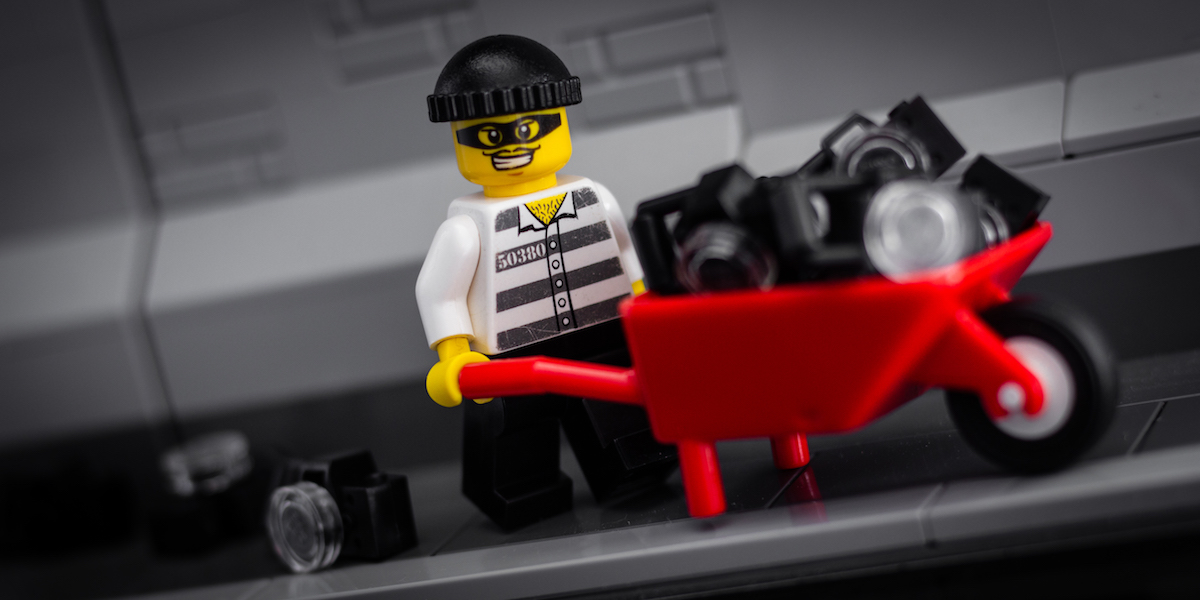
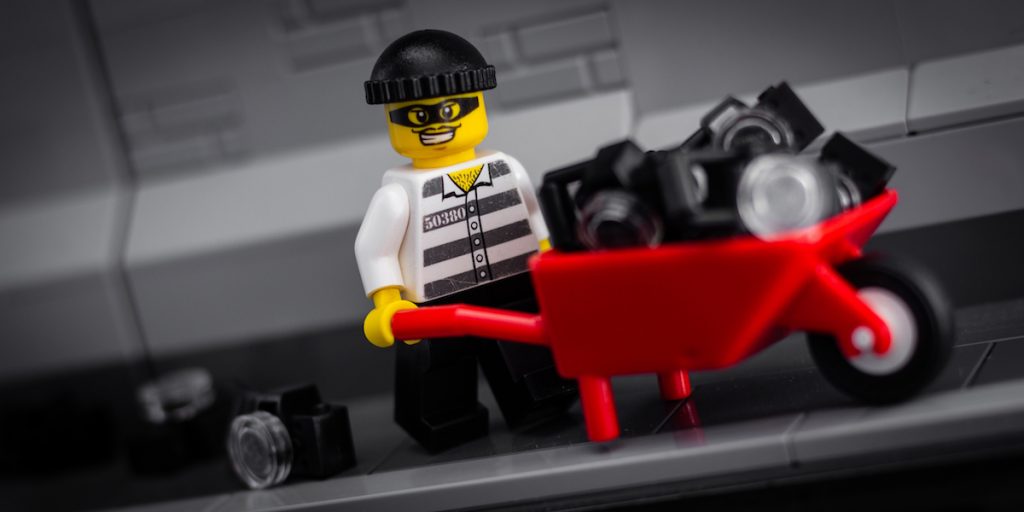
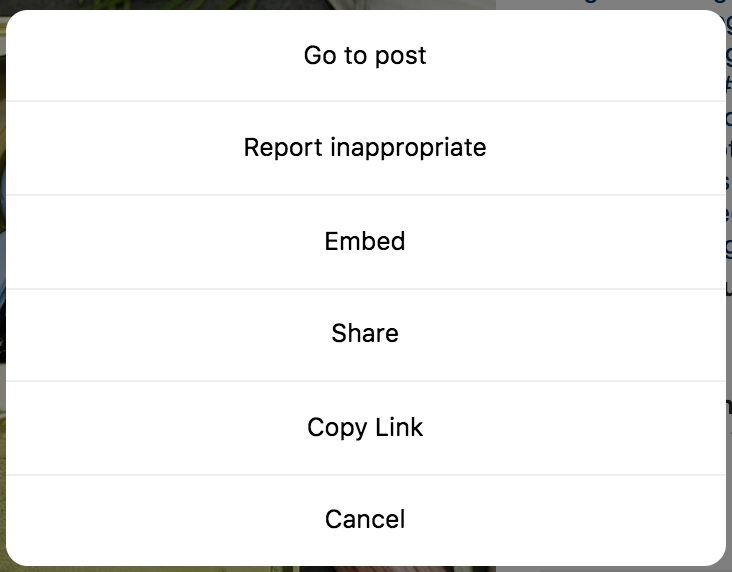
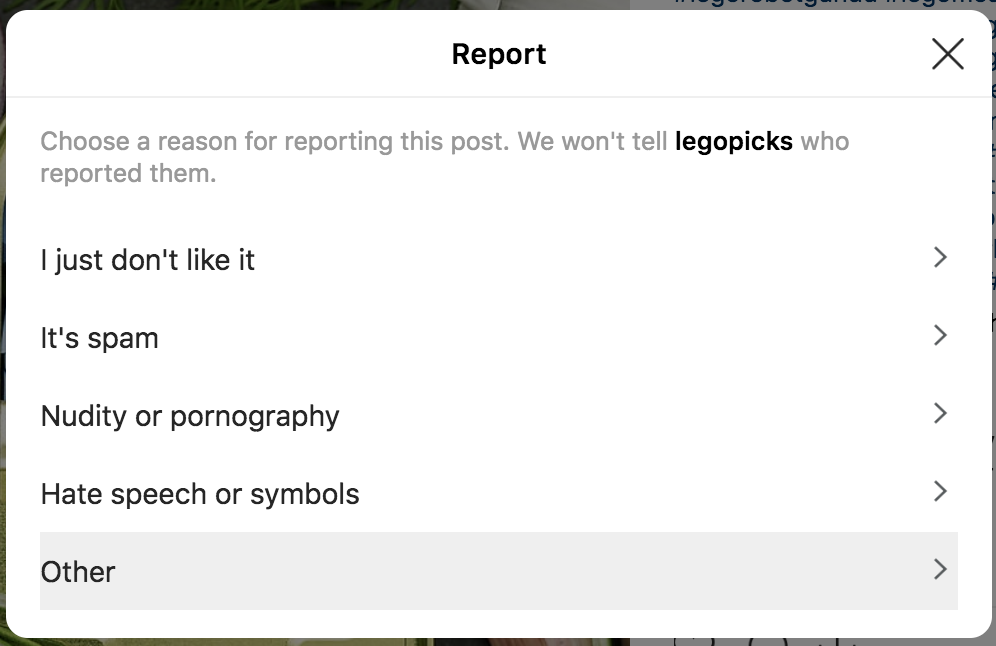
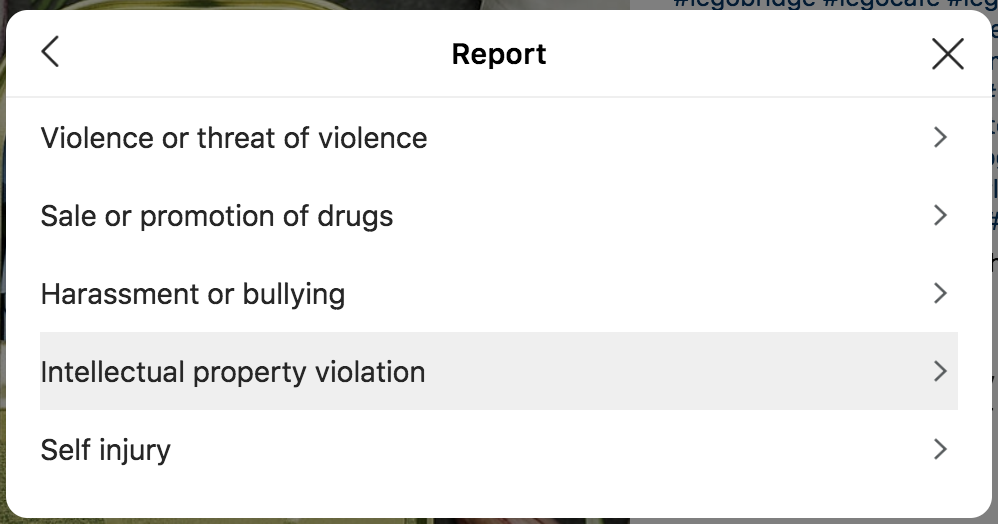
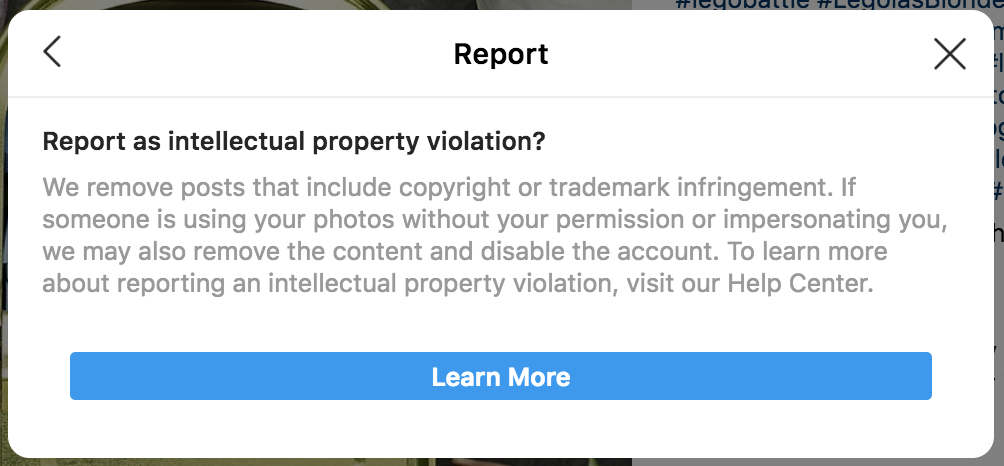
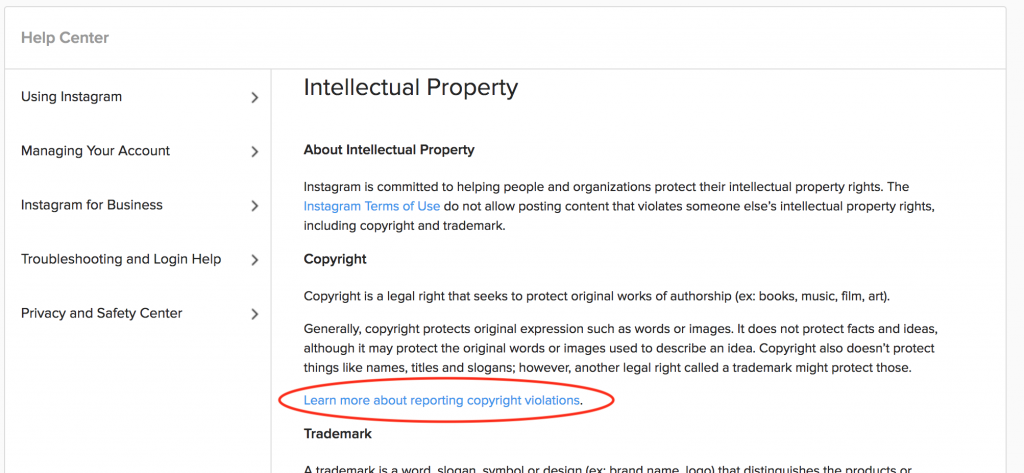
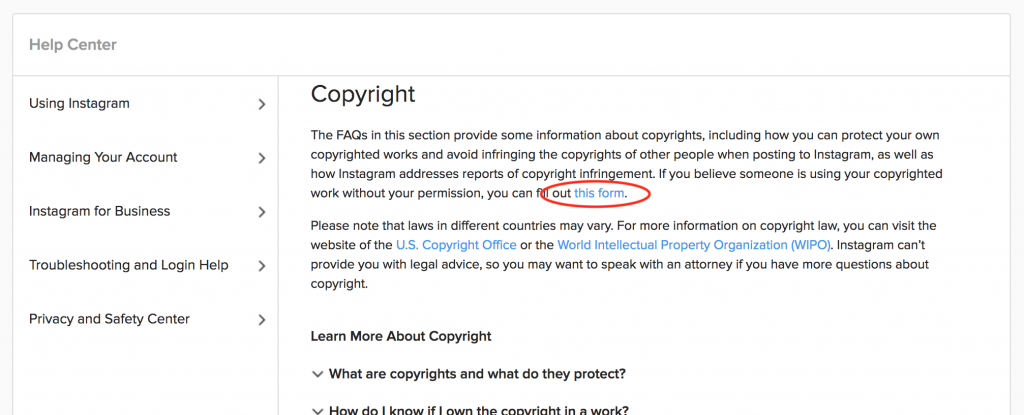
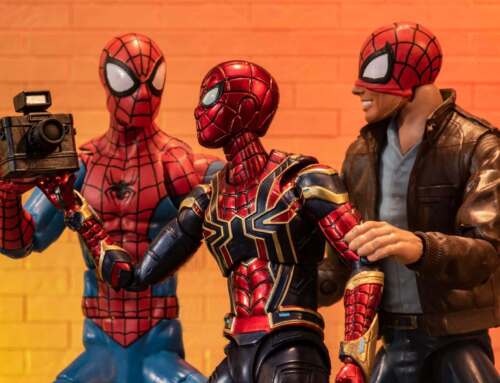
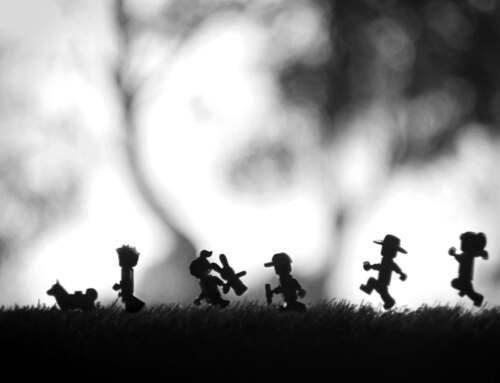
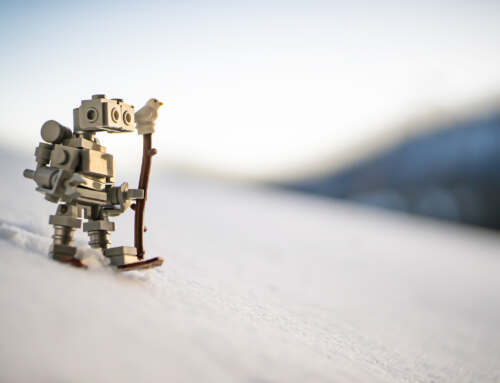
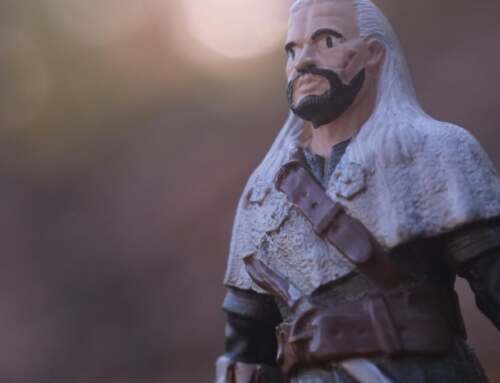
Not sure if I am happy my work wasn’t stolen, or sad my work wasn’t deemed worthy of theft…
I second Dave’s comment. Haha!!
James, I’d seen people in the community shared on their IG Stories when they discovered that a theft has occurred and often call for help in reporting the user. Like you mentioned, there is really not much others can do as only the person directly affected by the theft can report it. What I usually do though is to comment on said image, requesting the perpetrator to credit the original artist.
Thanks for sharing your experience and congrats on your first theft! That Singing in the Rain shot is certainly a memorable image to me.
Haha, I definitely understand that sentiment! I’d be lying if I hadn’t thought the very same thing in the past. I suppose this is some kind of rite of passage? Have I officially “made it?”
I think sharing and tagging people in IG stories to alert them is a smart move. I’m proud of the people in this community for always saying something and having each other’s backs!
I remember the first time work was stolen, I was equally upset and flattered. 🙂
Back in the day people used to freak out about stealing on IG. Public shaming seemed of the perpetrator seemed like the most common response. For me, it didn’t take long to realize that between the age and the language barrier commonly found in the toy community, that the effort wasn’t worth it. Now whenever a ‘stolen’ photo is found I quietly got to IG and ask for the removal. Although IG doesn’t make the process easier, the form is actually easier to find than it used to be. Hard to believe! I have found that the forms are easier to fill out on a desktop machine rather than on a mobile device. For this last case I spent over 30 minutes asking for the take down because I couldn’t figure out where he got the image. I finally had to resort to my own web page.
As for the watermark – they do have a use. If the perpetrator doesn’t crop it out, its easier for someone to tag you in the post. Even though my watermark doesn’t match my handle anymore, a quick search of xxsjc, will quickly find me. So yeah, I always recommend a discreet watermark.
Oh and congratulations on your first theft! 😀
Haha, thanks Shelly! Yes, upset and flattered is the perfect way to put it!
I know what you’re saying about the public shaming, and that’s something I definitely wasn’t trying to do here. I understand that sometimes honest mistakes are made. It appears that the account is now giving credit to the artists, so perhaps he wasn’t taking photos maliciously.
I have commented on several posts on Instagram where they have not tagged the actual artist/creator/photographer. I think the least we can do is help out fellow artists and call out these accounts on not crediting the images correctly. Typically the dodgy account just ignores or deletes my comment but I just repost the comment. It’s just plain courtesy and respect to give credit!
Yes! Thanks for doing what you can to alert the artists and call out the accounts in question. Every little bit helps!
I used to assume the best of people when this happened, assuming that it was done out of ignorance or by mistake. But every time I commented about my photo being shared with credit, that comment was deleted and I was promptly blocked! Now, I just report, wait for the email from IG to let me know it’s been rectified (photos removed) and then I block.
Filling out the IP form on laptop is much easier than on mobile, especially with multiple tabs to gather all the required links etc.
And yes, as others have said, congrats on your first theft! 😉
Thanks Brett! I feel I’ve gone through some rite of passage now. And now that I know how to fill out the report, that will be my first go-to from here on out. Much easier that way.
I had my instagram account hacked last week. He got in my account changed the email and removed the phone number so I had no access. He is still using my photos as his own. My lego photos and personal. I have been in contact with Instagram, took a picture of myself with their pin # to identify myself but they won’t take it down. They said the case is closed because my email address is now associated with a new account.
OH NO! That’s horrible. I’m so so sorry to hear that. I hate that Instagram has failed to help you here. It’s cases like yours when I wish they’d let others report users on your behalf, because I’m sure we’d all reach out and try to get your account back.
I just realized my work is also being stolen by him, cropping away my signature. Anyway, that’s not the first time. Guess that people steal as you are too good, that will make you feel better. =)
I too was made aware of the theft of one of my images by Tomek by the same account. As with Shelly, I have a mix of upset and flattered combined with surprise. To me it is not black and white.
My work had been stolen before. The first time I still remember, I was just busy for almost 2 years. It was on Twitter by a shop who used the Lego Logo and cropped out watermarks of images they used. They never answered messages or friendly requests to stop what they were doing. In the end, I reported them to Twitter (and also to TLG, who stepped into that specific discussion (also to force that company to use the Lego-Logo). They stopped and up until today they don’t steal images anymore. It did get my creative juices flowing though ( https://www.foolishbricks.com/day-309-sneaky-business/ )
Nowadays, it doesn’t upset me that much anymore. In this specific case I commented on the image and told him he should credit the artists. He did not crop out my watermark, so I assumed he was simply ignorant. He’s still active and I did notice that he credits, and links to, the artist-account in the description now. It is all very small, but the credit is there.
Now that he credits, is it still theft? When crediting, what is different from, for example ‘Brothers-Brick’ who also post, without asking?
I feel the essence of it all is communication. The thing that really irritates me is lack of communication. If only people would go by this flowchart: https://wg-p.tumblr.com/post/170894484782/kiokushitaka-kiokushitaka-since-theres
Anyway, I’m starting to ramble, so I’ll stop ;). This subject is a real discussion-subject, so many grey areas.
PS it’s a shame IG/ facebook makes it so difficult to report, I wonder what they really think on this matter.
Great job taking a bad situation and turning it into a great photo!
And you’re right, it can be a murky situation when it comes to other case, like crediting artists but not asking permission first. Personally I don’t mind that as much; sure I’d love to be asked, but as long as they give credit, it doesn’t hurt to get my work in front of more people.
I also wonder why it’s so difficult to report this in the first place. I suppose that IG doesn’t want people reporting left and right like crazy, but to hide it behind so many steps feels a bit unnecessary.
I have had one photo re-posted, with credit. but I was still perturbed that I wasn’t asked first.
so i had to ask myself, do I consider piracy to be theft? and am I against piracy? up until that point I was very vocal about the idea that piracy mainly hurts bad media. but on IG its a little different when the presumption (for me) is that the posted material is original content , vs, say an epub book you find by an authour you want to check out.
not really sure I am all that okay with reposting without asking regardless of credit, but its a hazard of public forums.
I too feel conflicted about posting other people’s work, even when giving credit. I tend not to post other people’s photos on my account, just in case someone doesn’t see the credit and assumes the photo is mine.